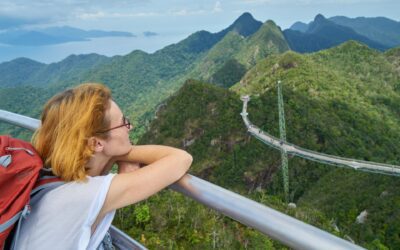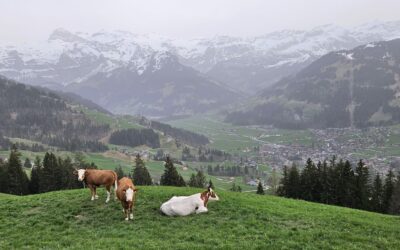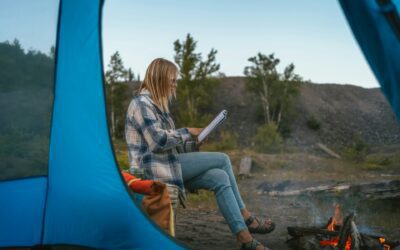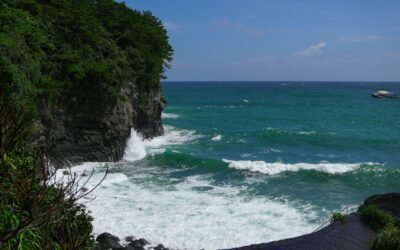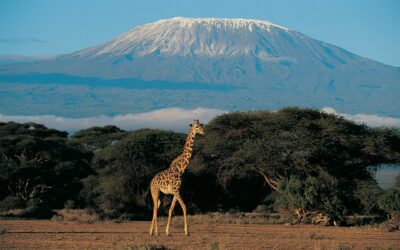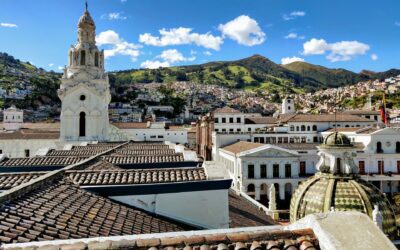|
|
Kazakhstan has traditionally been a nomadic country, with pastoral nomads moving across the country’s 2.7 million square kilometers (the 9th largest country in the world) and living full-time in dome-shaped yurts. Therefore, it seems fitting that Kazakhstan should open its borders to digital nomads with a new visa, fittingly called the “neo-nomad” visa, to recognize 21st-century nomads.
Let’s look at the visa and what to expect from spending an extended period in Kazakhstan from the experience of existing expats.
Kazakhstan Neo Nomad Visa
Announced during the second half of 2024, the Neo Nomad Visa lets foreigners stay in the country for up to one year. The conditions are that you can prove a stable income of at least US$3,000 per month, have health insurance valid in Kazakhstan, and have no criminal record in your current country of residence.
While in Kazakhstan, you can keep working for your foreign employer, but you cannot work within the local employment market. Taxes aren’t charged on your international income.
The country’s government has announced that they expect to grant around 500 visas per year, generating a modest additional revenue of US$8 million for the country. Still no word on how much the visa will cost or the application process, but it will probably be via the country’s online visa portal.
What to Expect from Kazakhstan
For most Western travelers, Kazakhstan and the surrounding region are still a fairly undiscovered area of the world, and there are a lot of misconceptions about what to expect.
Kazakhstan was the last Society country to declare independence in 1991. The native language is Kazakh, which is very similar to Russian, and Russian is also widely spoken. While it is extremely useful to learn some Kazakh to travel, you can get by on just Russian. English not so much, it is only really spoken in more affluent areas.
And Kazakhstan has lots of area, since it is the 9th largest country in the world. From a traveler’s perspective, there are two major cities to call home (unless you have a very specific reason to choose an alternative), the old capital Almaty, and the shiny new capital Astana. This is where most nomads will find everything they need to keep up with their day jobs and the best quality of living. Both cities also have international airports.
The rest of the country is remote and sparsely inhabited, and it is not always easy to explore. There are some domestic flights between cities, a scenic but slow rail, and roads in need of repair, but hiring a four-wheel-drive can be a great way to get around.
In the north expect a Siberian climate and terrain and a few heavily industrialized cities as Kazakhstan is rich in oil, gas, and other natural resources. The east is mountainous and ideal for hiking and skiing, while the central steppes are barren and beautiful and feel a little bit like the end of the earth.
Living Conditions
There are expat communities living in the bigger cities of Almaty and Astana, and also some of the smaller cities that support the gas and oil industries. Expats are mostly from former Soviet countries, France, Britain, China, and just a few North Americans. Kazakhstan and Canada have relatively close relations and there is a large expat Kazakh community in Canada.
The best neighborhoods to live in Almaty are Dostyk, Al-Farabu, Seyfullin, and Makatayev, all of which are close to parks and have lots of bars and cafes. In Astana look at Mangilik El and anything near the botanical gardens.
The cost of living is affordable, but a little more expensive than many people anticipate, more or less on par with Brazil. The local currency is the Kazakhstani Tenge, and US$1 is worth around 500 Tenge.
Numbeo estimates that a single person can live on just $500 per month, though digital nomads should expect to pay more due to more expensive short-term accommodation and other premium services.
Expats living in Kazakhstan report that the tourist/foreigner/expat tax is alive and well and prices are often pushed up when they realize you aren’t a local, especially when it comes to accommodation. But most report being able to get a nice one-bedroom place for between US$700-$1,000 per month. One reported renting a modern flat in Astana with one bedroom and fully furnished for US$20-$40 per day depending on the length of the contract.
Food is affordable, but only if you eat locally and seasonally. Another expat reported paying US$30 for two mangoes, as a luxury imported product. If you eat like a local, it is highly affordable.
Kazakhstan is generally safe, as long as you are sensible. There are always pickpockets and thieves willing to relieve wealthy visitors of some of their wealth. But most expats report feeling very safe, especially in the cities, cycling around, getting late-night coffees, and meeting friends for drinks. While pre-arranged taxis are the safest for visitors and newcomers, “gypsy taxis” with no meters where you just make a deal with the driver are very common and considered safe.
There are some cultural differences to be aware of before traveling. Kazakhstan is around 65% Muslim and also has a large Orthodox Christian community, so expect people to be quite conservative. But this doesn’t mean you have to stick to a strict dress code, just make respectful choices. Also, be conscious of respecting elders, which is considered fundamental, and be aware that traditional gender biases are still quite strong in the community.
Finally, healthcare in Kazakhstan is not core. Many foreign workers are flown out of the country for medical care when needed. In contrast, dental care is excellent and Kazakhstan is expected to be one of the next destinations for dental tourism. So why not get a check-up while visiting?
Things to See and Do in Kazakhstan
There is plenty to see and do around the country, though your choices will depend on whether you are visiting in the cold and snowy winter months, where temperatures can reach as low as -20 degrees Celsius, or the warmer summer months where temperatures are in the mid-20s above.
Both Almaty and Astana are worth visiting. The old capital Almaty feels like a European city with a Kazakh twist and is probably the best place to experience the local, affluent culture. Astana is a shiny new capital that is full of incredible skyscrapers and unbelievably modern shopping malls. Read our full guide to living in Almaty as a digital nomad here.
A great experience can be to get the night train between Almaty and Astana across the Steppes and take in the view. Just be sure to book in advance, choose a bottom bunk, and arrive at the meal carriage early to avoid missing out.
In the winter months, Kazakhstan is great for skiing, with gentle family-friendly slopes and affordable prices. The best slopes are around Shymbulak. In the summer, take on Tuzkol Lake, about a 6-hour drive from Almaty. The lake is very salty and around 2,000 meters above sea level, which makes a bath a healing experience for the muscles. This is especially welcome following a hike around the surrounding mountains.
Ustyurt Plateau is also a must-visit and feels like you are the last person on earth. You can combine it with a visit to the ancient city of Shakhr-i-Vazir, Beleueli Fortress, Allan Fortress, and a selection of ancient mausoleums and underground mosques.
Of course, as a nomad, you should also pay your respects to the nomads who have gone before. The countryside is littered with balbals, which are stone sculptures that mark the burial mounds of ancient nomadic warriors and chiefs.


